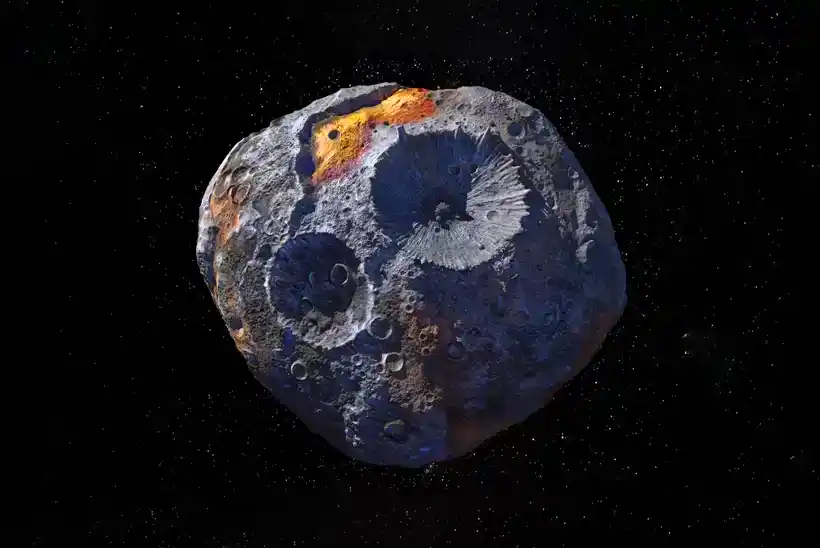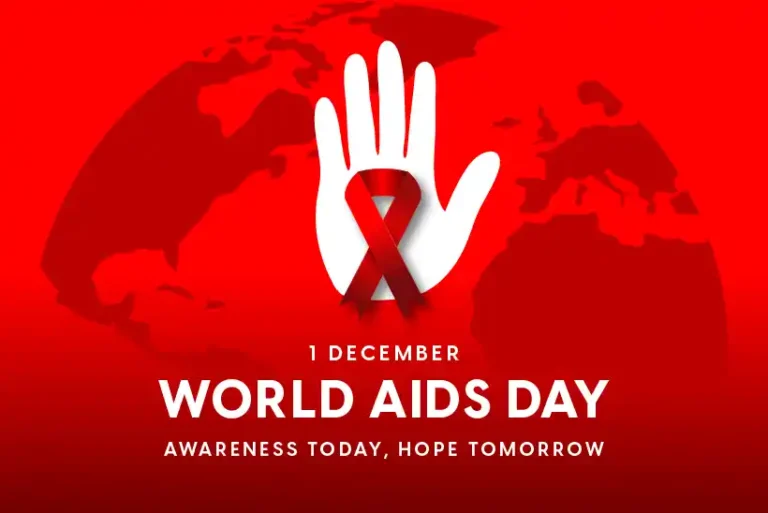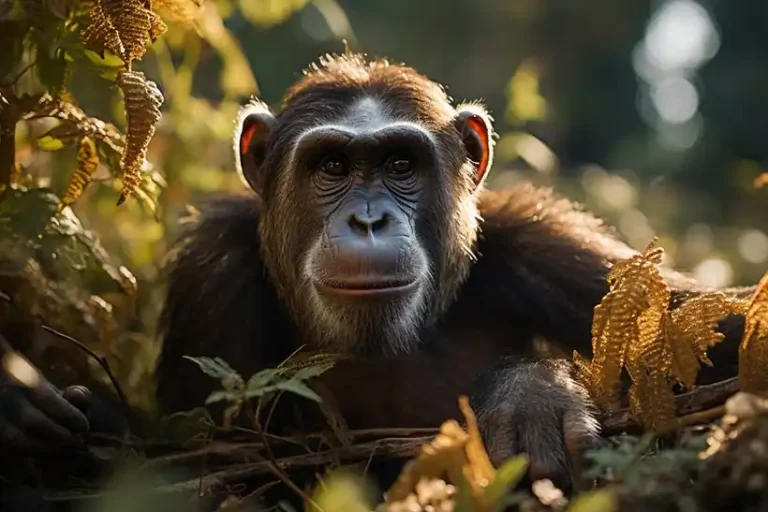
The NASA Psyche Mission to 16 Psyche is more than a space expedition; it’s a daring pursuit of one of the galaxy’s greatest treasures. This asteroid, potentially worth $100,000 quadrillion in metals, could rewrite our understanding of planetary formation and offer insights into the origins of Earth itself. But mining it isn’t just a technical challenge—it’s a venture that could reshape the global economy, ethics, and even international law. This article explores how NASA’s journey to 16 Psyche could reveal untold wealth and knowledge. It also pushes the boundaries of space exploration and our understanding of the cosmos.
Imagine discovering a treasure so vast that it makes the fabled riches of El Dorado or Genghis Khan’s lost treasures seem like pocket change. The NASA Psyche Mission is on a journey to explore 16 Psyche, an asteroid believed to hold $100,000 quadrillion in precious metals. Imagine the impact: mining it all and bringing it to Earth could upend the global economy.
But here’s the twist—much like the legend of El Dorado, the dream of striking it rich on 16 Psyche is anything but simple. Mining this asteroid isn’t as straightforward as setting sail to conquer new lands. It’s like the technological equivalent of venturing into the Amazon to find El Dorado. You’re battling nature and the unknown. The NASA Psyche Mission will test not only humanity’s technological limits but also our economic and ethical frameworks. We’re venturing into the cosmic Wild West. International regulations, technological innovation, and staggering financial investments all play a role in determining whether we can truly unlock the riches
What Makes NASA’s Psyche Mission to 16 Psyche So Valuable?
This mission isn’t just about wealth, though. The NASA Psyche Mission aims to uncover mysteries about the birth of planets. This mission could even give us clues about how Earth formed billions of years ago. So, while the gleam of gold, platinum, and nickel is tempting, the real prize might be the knowledge we gain.
Also Read: Moon Landing: A Global Race for Lunar Riches
The Mission to 16 Psyche Could Change the Global Economy
NASA’s recent launch of the Psyche Mission marks the beginning of a journey to one of the galaxy’s greatest mysteries. The asteroid 16 Psyche is nestled between Mars and Jupiter. The asteroid could hold riches worth $100,000 quadrillion—an amount that would make history. But more than wealth, this mission seeks to uncover secrets of planetary formation, helping us understand worlds far beyond Earth. Still, the quest brings formidable challenges. Mining such a distant, metal-rich object involves complex technology and high costs. This effort pushes the boundaries of what’s possible in space exploration.

Discovered back in 1852, this massive asteroid is glittering with gold, platinum, and nickel. 16 Psyche—a 140-mile-wide celestial treasure trove orbiting between Mars and Jupiter. This metal-rich world has intrigued scientists and space lovers alike, both for its staggering potential wealth and the secrets it may hold about the universe’s past.
Challenges Facing NASA’s Mission to 16 Psyche’s Precious Metals
NASA’s Psyche Mission is a voyage back in time. Launched in October 2023, it aims to reach the distant 16 Psyche by 2029. Scientists will study the asteroid’s ancient metal core. They believe it may be the heart of a long-lost protoplanet, possibly offering clues about the earliest days of our solar system and the formation of planets like Earth.
Mining Psyche is not an easy task, and space mining technology is still in its infancy. Mining equipment must handle low gravity and intense radiation and operate independently due to long communication delays with Earth. Planetary physicist Philip Metzger explains that, on NASA’s scale of 1 to 9, space mining technology sits around 3 to 5—still far from what’s needed for a safe mission to 16 Psyche.
Developing technology to mine an asteroid is incredibly costly. Some private companies, like AstroForge and TransAstra, have begun exploring the potential, but massive resources are needed. Kevin Cannon, a researcher at the Colorado School of Mines, notes that private industry will likely push forward any progress in space mining.
Bringing 16 Psyche’s precious metals back to Earth could disrupt the global economy. A sudden, massive supply of gold, platinum, or nickel could drastically lower their value, impacting industries and economies. This economic risk is a serious consideration for global policymakers.
Asteroid mining brings big ethical and environmental questions. The impact on space environments is unknown, and questions of ownership and responsible use are unresolved. While the 1967 Outer Space Treaty provides a framework for peaceful space activities, rules for asteroid mining are still taking shape.
NASA’s journey to 16 Psyche will uncover valuable data, setting the stage for future space mining. With advancing technology and increased funding, mining asteroids like Psyche could become feasible. For now, scientists, economists, and policymakers continue to study and debate the mission’s challenges and effects.



